
Time:2025-07-24
As one of the core features of high-quality watches, the sapphire crystal mirror's material characteristics and craftsmanship directly determine the quality positioning and user experience of the watch. From optical performance to wear resistance, from aesthetic design to technological breakthroughs, sapphire watch mirrors play an important role in the watchmaking industry and even become an important symbol to distinguish watches.
1、 Material Revolution
Sapphire watch mirrors are not cut from natural gemstones, but are made from artificially synthesized alumina crystals (Al ₂ O3) with a Mohs hardness of 9. This superhard material can withstand the vast majority of scratches in daily life, including friction from keys, gravel, and even metal tools. Compared with traditional mineral glass or acrylic mirrors, the wear resistance of sapphire keeps it transparent and new for a long time, avoiding visual blurring caused by scratches. In addition, sapphire has strong chemical stability, is resistant to acid and alkali corrosion, and will not undergo fogging or discoloration even in seawater or harsh weather environments.
In terms of optical performance, sapphire has a transmittance of over 92% and possesses low refractive index characteristics, which can minimize visual interference caused by light reflection. If the double-sided anti reflection coating technology is used to further optimize the light transmission effect, the dial can be clearly read at any angle. The effect of this "invisible watch mirror" not only improves the reading efficiency, but also endows the watch with a deep visual sense of hierarchy.
2、 Process threshold
The processing difficulty of sapphire watch mirrors far exceeds that of ordinary materials. Due to its hardness close to that of diamonds, cutting and shaping require the use of diamond tools and precise grinding that takes up to tens of hours. Taking the curved sapphire watch mirror (commonly known as the "bubble mirror") as an example, the curved surface needs to be shaped through three-dimensional cutting technology, and diamond powder is repeatedly polished during the polishing stage to ensure seamless connection between the curved surface and the watch case. Edge processing also tests the level of craftsmanship, such as performing oblique polishing to create a mirror like edge cutting effect.
3、 Functional evolution
The modern watchmaking industry is endowing sapphire watch mirrors with more functional breakthroughs, such as integrating the movement structure with the mirror design, and supporting complex mechanical modules through material strength; Metal elements such as titanium and iron can also be added during the synthesis stage to create colors such as transparent blue and cigarette ash, which not only maintain transparency but also add a sense of fashion.
From technical parameters to emotional value, the quality shaping of sapphire watch mirrors is a multidimensional system engineering. It is both a victory in materials science and a microcosm of the pursuit of 'eternal beauty'.
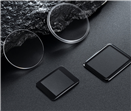
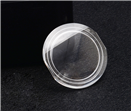
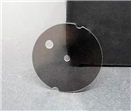
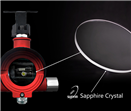
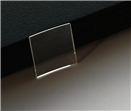
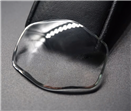
Tel
Mobile phone
Customer service
TOP